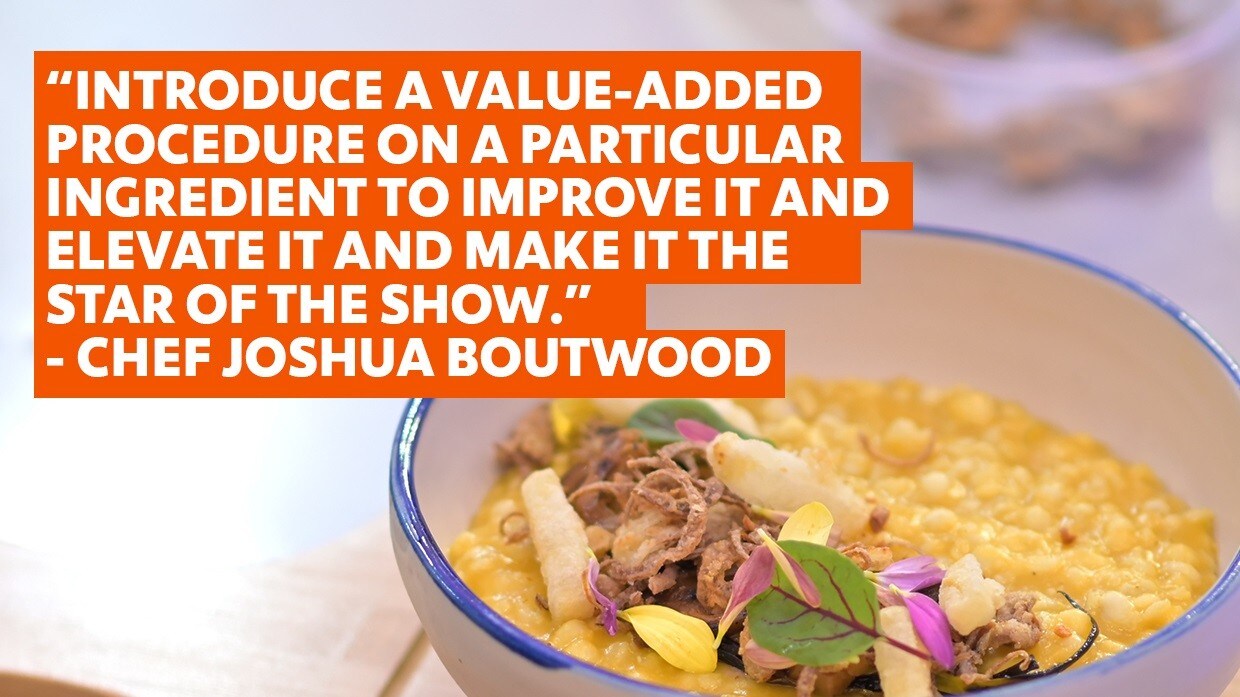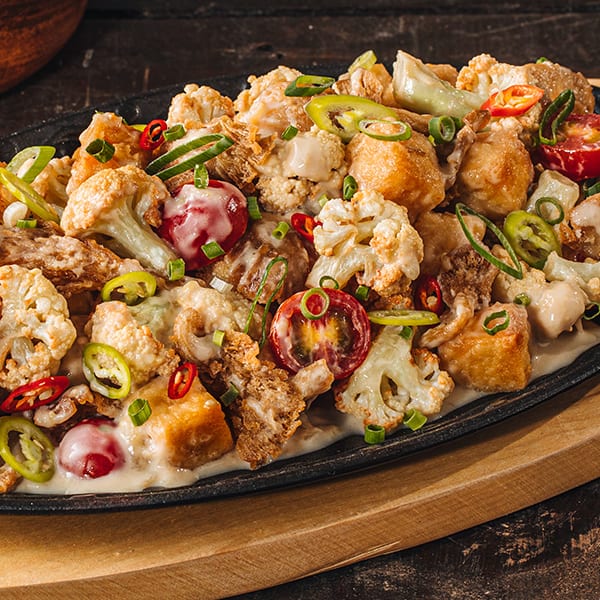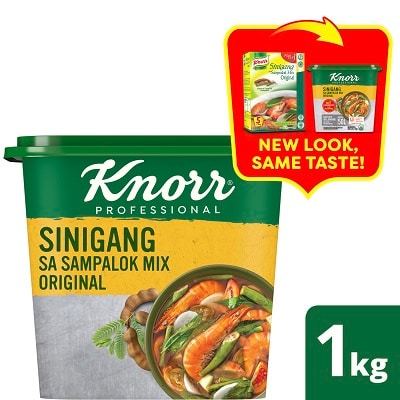Staying ahead in the culinary industry demands a keen understanding of the latest food trends. Chefs must navigate a constantly evolving landscape of new flavor profiles, social media influence, and newfangled techniques to sustain relevancy. It’s no easy task, but adapting to culinary trends is essential for survival in this highly competitive environment.
To decipher the latest trends in the food and beverage industry, turn to insights from top Filipino chefs Ken Cacho, Tatung Sarthou, Joshua Boutwood, Carlo Miguel, and JP Anglo – proven pros who’ve withstood the ups and downs of the restaurant business.
7 Tips on How to Read Culinary Trends Shaping the Restaurant Landscape
Culinary trends shape consumer preferences, menu offerings, and overall dining experiences, which is why understanding them is crucial. Learn everything from innovation strategies and menu development to the best way to source ingredients and customer service.

Stay proactive and constantly do market research – this way, you can learn about your target market’s wants and needs.
1. Keep a proactive approach with market research.
When it comes to creating a brand that appeals to a broad range of customers while staying in touch with culinary trends, Unilever Food Selections Executive Chef Ken Cacho emphasizes market research. “You have to know your clientele – what they’re looking for. Trends are there as guidelines,” he asserts.
2. Strike a balance between the familiar and new innovation.
“It’s about creating that balance – make something innovative and at the same time familiar with your market,” Ken expounds. “It’s very important to also work with local farmers and suppliers. Combine all these things and create that balance.” This dual approach allows chefs to innovate while still catering to the preferences of their target audience.
3. Don’t imitate; create with integrity instead.
Tatung Sarthou, who currently helms Lore and Azadore, echoes this sentiment, emphasizing the need for chefs to immerse themselves in the world of culinary food trends while maintaining integrity in their creations.
He cautions against mere imitation without substance, advocating instead for honesty and authenticity in culinary practices. “The reality is that you’re forced to innovate,” Tatung remarks. “It’s important as a chef to be aware of trademarks, patents, how to control people from taking advantage of your ideas.”
4. Make data-driven decisions.
Ever wonder how social media influences food trends? The numbers behind the likes and comments can help you make more informed decisions about different aspects of your operations.
Carlo Miguel, culinary director of CloudEats, advocates for a data-driven approach to menu development, highlighting the significance of analyzing customer preferences and market data. “If you’re talking strategies in menu development,” he explains, “we buy data from delivery platforms that guides us towards what kind of menus and what kind of cuisines we should be developing.” This analytical perspective ensures that menus are tailored to meet the demands of the market.
5. Take a hybrid approach to sustainability and profitability.
Tatung suggests the concept of what he personally calls “hybriding.” It refers to the marriage of traditional, hard-to-find, or indigenous Filipino ingredients with commercially available ingredients, balancing tradition with practicality and sustainability.
“My perspective is that we use local ingredients that are readily available and are of big volume, highlight them, and use your platform to discuss sustainability and support local farmers,” he proposes. This approach allows chefs to celebrate local produce while incorporating global influences.

Pay close attention to how you can maximize and highlight natural resources and produce from local farmers and suppliers.
6. Maximize the potential of natural resources.
In emphasizing his appreciation for natural resources, Carlo shares his two cents on the treatment vegetables get on restaurant menus. “I am a big advocate for plant-based eating because [I’ve been trying to] understand the future and where we’re going in society,” he says. “Working with vegetables and natural resources is better than working with some of these plant-based sources that can be overproduced.”
Joshua Boutwood, chef and owner of Test Kitchen, Savage, and Helm, is all about adding value to vegetable-focused dishes to attract customers who prefer meat-based options. “Vegetables are the underrated actor in any particular dish.”
“The way to change this is to remove the value of something,” he suggests. “Look at the ingredient in its individual form, you will understand that there is more you can do to a vegetable in order to improve it. Introduce a value-added procedure on a particular ingredient to improve it and elevate it and make it the star of the show.” By enhancing vegetable dishes creatively, chefs can appeal to a broader range of tastes.
7. Take your time in introducing new items and concepts.
JP Anglo, chef and owner of Sarsa Kitchen + Bar, recommends a gradual introduction of new dishes by starting with slight variations of familiar ones. “I think kailangan pakonti-konti (it must be gradual). Take it in small doses,” he advises. “It’s really about being creative and having fun with it.” This incremental approach allows chefs to test new ideas, gather feedback, and refine their offerings.
“We have to completely evolve. That’s the only way to be relevant. For us to be part of the future, we have to follow what the global demand is looking for. So that should be implemented in our menus,” Ken Camacho concludes.
Decoding culinary trends requires a multifaceted approach that integrates tradition, innovation, market research, and sustainability. The insights shared by Filipino chefs underscore the importance of staying informed, adapting continuously, and maintaining integrity in culinary practices. To stay ahead in an ever-changing industry, keep a proactive perspective and consider innovative solutions with the help of Unilever Food Solutions.








